Satin's too glossy, flat's too flat (exterior)
ffreidl
15 years ago
Featured Answer
Comments (12)
Christopher Nelson Wallcovering and Painting
15 years agopaintguy22
15 years agoRelated Discussions
Flat, Satin, or Semigloss?
Comments (30)Oops, sorry. I should clarify what I said. I don't think it is old school to make those traditonal sheen choices for kitchens and baths, I do think it is old school to think one HAS to. Flats aren't scrubbable, rarely washable. Flat, you wipe gently and then touch up. That really can be a sweet way to deal with wall boo boos that happen from living in your house. Flat is not a bad deal. However, it is the MATTEs that I was talking about. A good many of them are rough and tumble and can take regular wiping and cleaning. SW Duration is a good example. Pittsburgh Paints Accent Colors in matte is another -- that's been a reliable choice for me for darker colors in bathrooms in the past. SW hadn't been able to do dark colors in Duration Matte. Supposedly Ben Moore is coming out with a new kitchen and bath paint that addresses that nagging problem of water whitening that so many people are experiencing with the modern formulations. That is a needed solution and am looking forward to checking it out. So, the buffet of paint and sheen choices out there is huge and every one should be able to find and do whatever they want in this day and age. It's like Burger King! You really can have it your way. I love high gloss used in unusual ways too. Done right, it will stop you in your tracks and make you go "WOW"....See MoreExterior Paint Advice - Flat or Satin
Comments (81)Good luck getting SW paint at the moment. They had one of their main plants in Texas go down during the February deep freeze and it apparently is still not up and running. They also got themselves into a disadvantageous contract to supply Lowes, which is biting them in the butt. So what did SW do? They raised their over priced paint once again! The whole paint industry is really disrupted at the moment. Fortunately, Behr is in relatively good shape as to production. They even came out with their new super premium Dynasty line this week. Super paint in the MId $50 range. Both SW and PPG have been in buy out the competition programs for the last couple decades. In retrospect, maybe they should have been paying better attention and investing in their own core operations....See MoreExterior house painted and now seems flat!
Comments (2)Have you considered a more contrasting trim color, such as cranberry or burgundy? There is software that lets you scan a photo of your house and try different colors on the image to get the total effect. A good paint store (NOT Home Depot or Lowes) can also give you advice on colors and their effects....See MoreFlat, Eggshell, Satin, ?
Comments (5)Also, things like doors, and trim around windows and door tend to get a lot of wear (read: grubby hands) so you want a paint that can be more easily washed clean. I am the world's messiest cook. I do not understand how those TV cooks, (and I love to watch Lidia Bastianich) cook red sauces without aprons (!) and don't get anything on themselves! With me, not only do I need aprons, I need to scrub down the stove and the wall when I am done cooking. Oh yeah, the oven and the floor too. Paints that have a bit more of a shine in their finish are good for rooms with less light. Matte is rather dull. But you could use it in a room with low traffic, or walsl that are not in such great shape. Most people like eggshell or satin for rooms with high traffic and semi-gloss for trim. For kitchen you might want to increase the gloss level for the walls and the trim. Same for the bathrooms. Ditto for doors and cabinet doors and shelves that are in common spaces. You can buy a small quantity and put it on your wall and see how it looks at different times of the day. Bear in mind that the higher the gloss of the paint, the more it shows the imperfections of the wall beneath it. https://media.benjaminmoore.com/WebServices/prod/estore/sheen.html...See MoreFaron79
15 years agoffreidl
15 years agoLori A. Sawaya
15 years agoChristopher Nelson Wallcovering and Painting
15 years agoffreidl
15 years agoLori A. Sawaya
15 years agoChristopher Nelson Wallcovering and Painting
15 years agonav_saber
15 years agoLori A. Sawaya
15 years ago
Related Stories
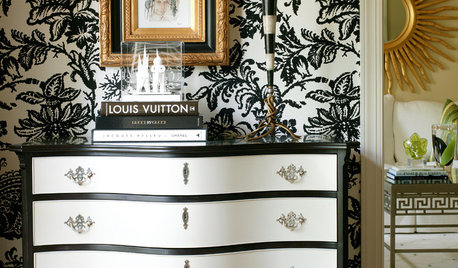
LIFEReluctant DIYer’s Diary of a Dresser Makeover
Weekend project: Glossy new black-and-white dresser, hold the sandpaper
Full Story
EXTERIORSHelp! What Color Should I Paint My House Exterior?
Real homeowners get real help in choosing paint palettes. Bonus: 3 tips for everyone on picking exterior colors
Full Story
FRONT DOOR COLORSFront and Center Color: When to Paint Your Door Black
Love the idea of a black front door? Here are 8 exterior palettes to make it work
Full Story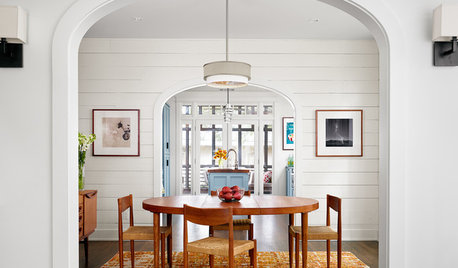
MATERIALSWhat Is Shiplap?
Read how a common exterior siding became so popular for interior paneling
Full Story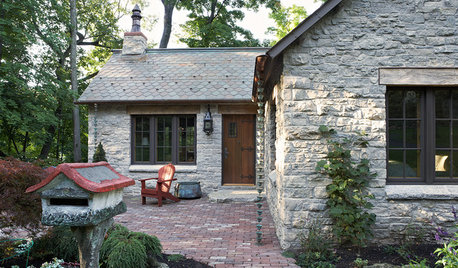
GREEN BUILDINGHouzz Call: What Have You Salvaged for Home Use?
If your floors, furniture, exterior materials or other home elements have a past life, we'd like to hear the story
Full Story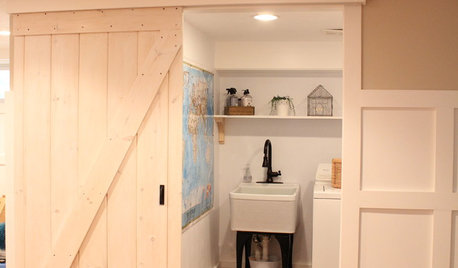
DIY PROJECTSMake Your Own Barn-Style Door — in Any Size You Need
Low ceilings or odd-size doorways are no problem when you fashion a barn door from exterior siding and a closet track
Full Story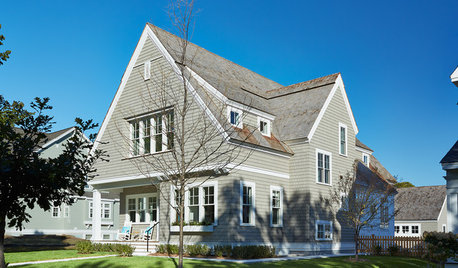
HOUZZ TOURSHouzz Tour: Traditional Shingle With a Modern Soul
A home’s shingle-style exterior fits in with the neighborhood and allows for an open, harmonious flow inside
Full Story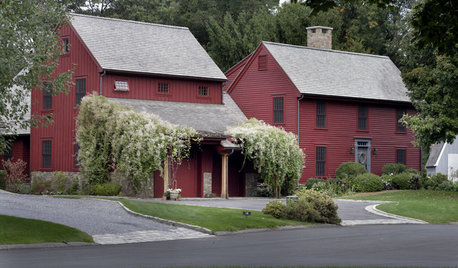
GREAT HOME PROJECTSReady to Repaint Your Home’s Exterior? Get Project Details Here
Boost curb appeal and prevent underlying damage by patching and repainting your home’s outer layer
Full Story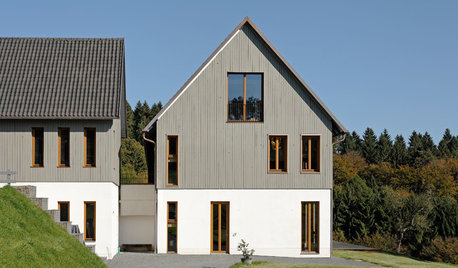
EXTERIOR COLORExterior Color of the Week: 7 Ways With Warm Gray
See why this hue can be the perfect neutral for any house
Full Story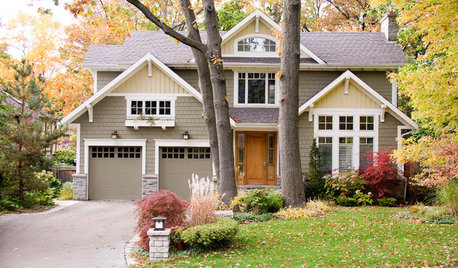
EXTERIOR COLORDynamic Duo: How to Pull Off a Two-Tone Exterior Color Scheme
Why stick to one main house color if you can easily and beautifully combine two?
Full Story




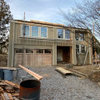


paintguy22